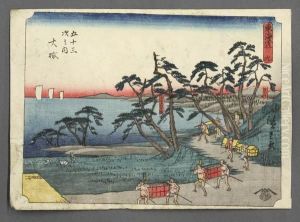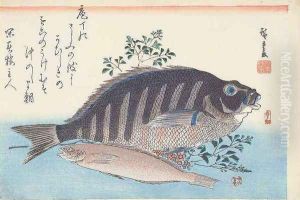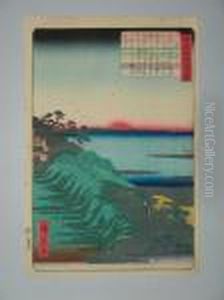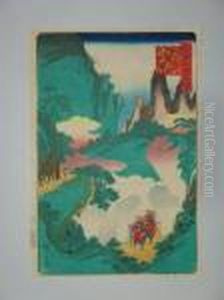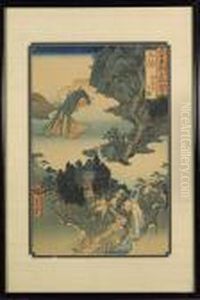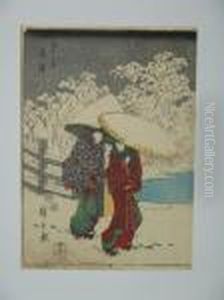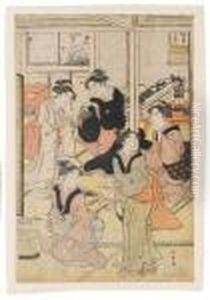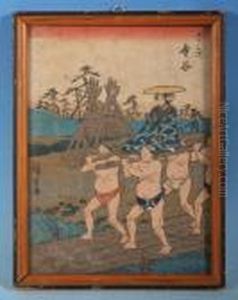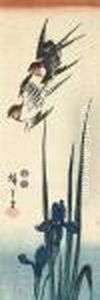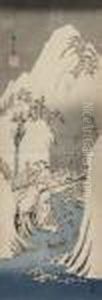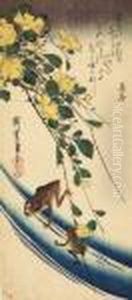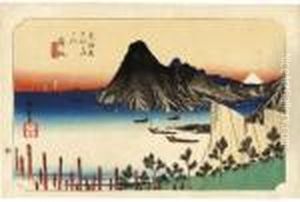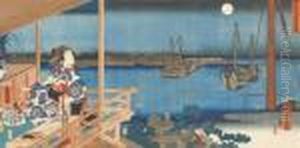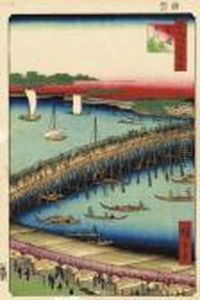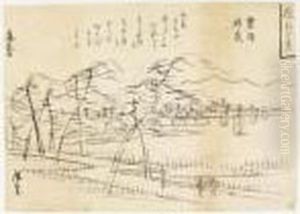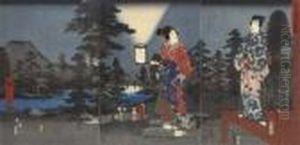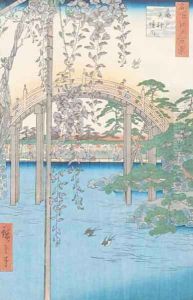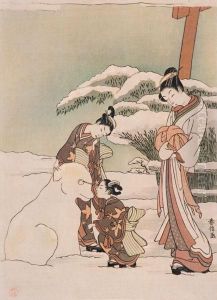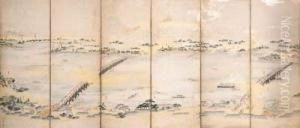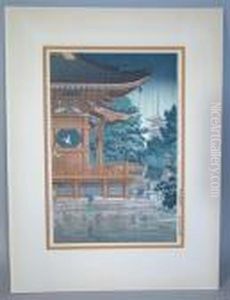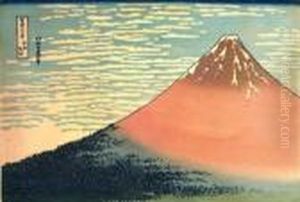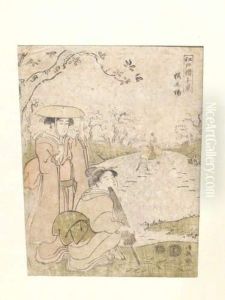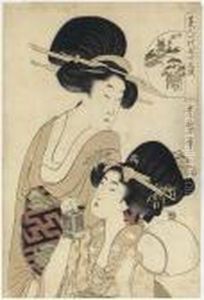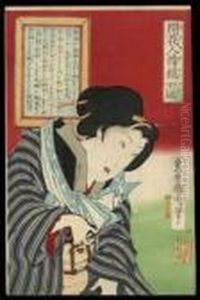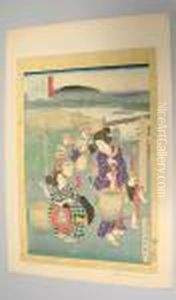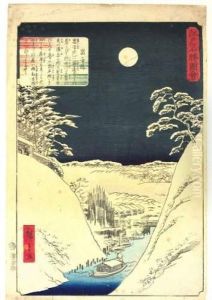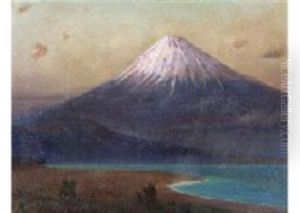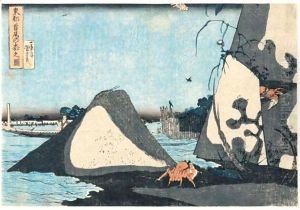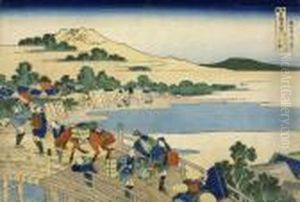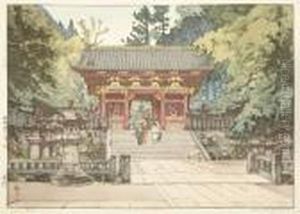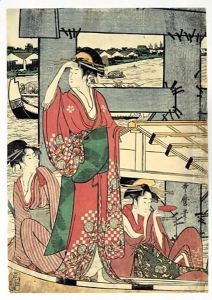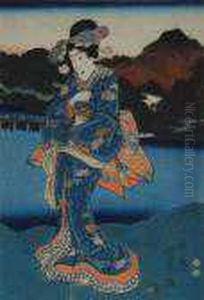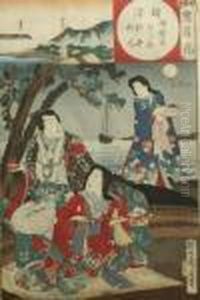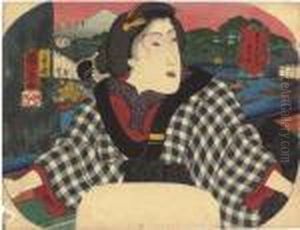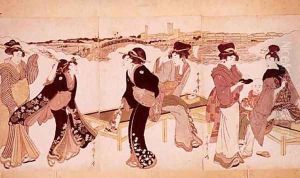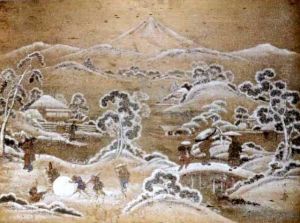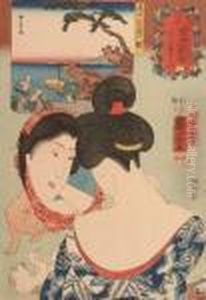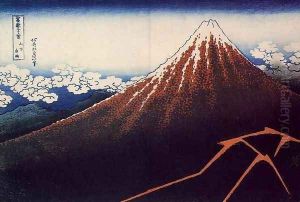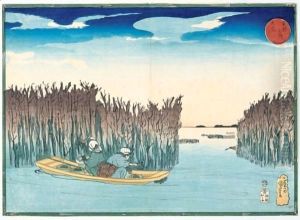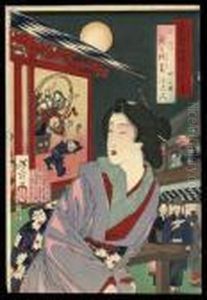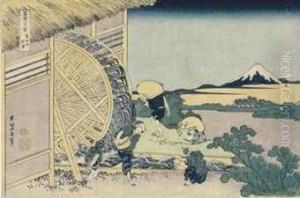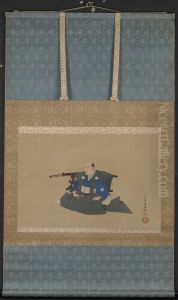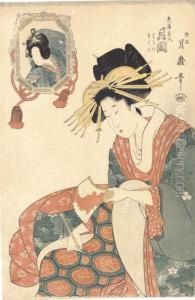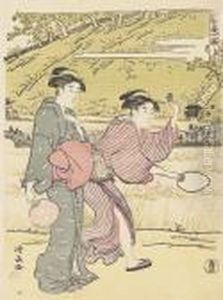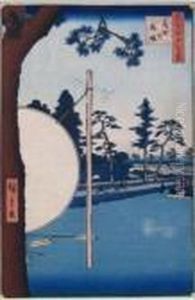





Takata-no-baba
-
About Reproduction
Bring the timeless beauty of Utagawa or Ando Hiroshige's Takata-no-baba into your home with a handmade oil painting reproduction. Carefully recreated on canvas by skilled artists using traditional techniques, this piece captures the delicate brushwork, subtle light, and vibrant color of the original masterpiece. With museum-level quality and rich texture, it brings elegance and artistic depth to any space. Enjoy free shipping and make this masterpiece a part of your personal collection.
-
Original Description
In Takata-no-baba by Utagawa Hiroshige (also known as Ando Hiroshige), the master of Japanese ukiyo-e transports us to a misty autumn morning in Edo-period Japan. This exquisite woodblock print, part of his renowned "One Hundred Famous Views of Edo" series (1856-1858), captures the serene beauty of Takata's riding grounds enveloped in delicate morning fog. Hiroshige's signature talent for atmospheric perspective shines through as distant trees fade into the hazy background, while foreground elements like the wooden fence and grazing horses appear crisp yet softly rendered. The composition demonstrates his revolutionary approach to landscape prints - asymmetrical yet balanced, with bold cropping that creates dynamic visual tension. As one of the last great masters of ukiyo-e, Hiroshige's work profoundly influenced Western Impressionists like Van Gogh and Monet, making this piece not just visually stunning but historically significant in bridging Eastern and Western art traditions.
For contemporary spaces, this Hiroshige masterpiece offers versatile decorative potential. In a minimalist office, a medium-sized reproduction (approximately 24×36 inches) would bring organic tranquility to sleek modern furnishings, with its muted earth tones complementing both warm wood accents and cool gray metals. Consider framing it with a thin black lacquer border to heighten the Japanese aesthetic. In residential spaces, the print's autumnal palette makes it ideal for cozy reading nooks or dining areas - pair with textured oatmeal linen drapes and matte ceramic vases to enhance its quiet elegance. The horizontal composition works particularly well above low furniture pieces, maintaining proper visual weight. For color coordination, selectively pull out the print's soft russet tones through throw pillows or area rugs, creating subtle harmony without overwhelming the space. The print's contemplative mood makes it especially fitting for meditation rooms or spa-like bathrooms, where its tranquil energy can be fully appreciated.
-
Lead Time & Shipping
When you order this oil painting replica, it typically takes 2-3 weeks to paint. If the artwork is more complex, it might need a little more time to ensure the best quality. Once it's ready, we'll send you a photo for your approval. After you give the green light, we'll ship it to you for free.
-
Return & Refund
We believe in the quality of our hand-painted oil painting reproductions, and your satisfaction is our priority. If for any reason, you are not completely satisfied with your purchase, we offer a 45-day return policy. You can return your artwork within 45 days of receipt and receive a full refund. Please note that the artwork must be returned in the original packaging and in the same condition as it was received.





















